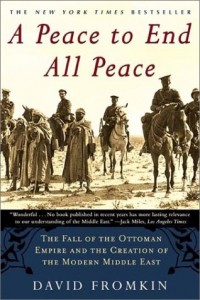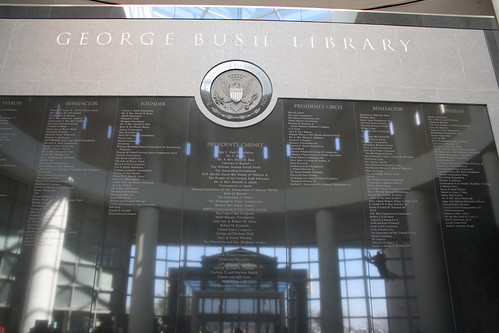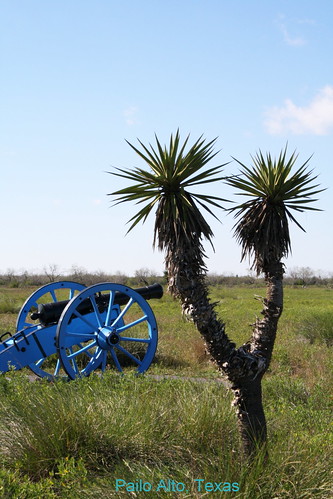Slavery: Still an Issue
 Let’s not keep patting ourselves on the back in America and Europe over the end of slavery. Sure, it’s not a major issue in the Western world. We don’t have to look at it, we don’t have to deal with it, and we get Martin Luther King day off work. It seems a universal fact that slavery is bad, and yet… that’s just the opinion of the fat cats at the top of the food chain: us. For over two dozen million people, it’s life as normal.
Let’s not keep patting ourselves on the back in America and Europe over the end of slavery. Sure, it’s not a major issue in the Western world. We don’t have to look at it, we don’t have to deal with it, and we get Martin Luther King day off work. It seems a universal fact that slavery is bad, and yet… that’s just the opinion of the fat cats at the top of the food chain: us. For over two dozen million people, it’s life as normal.
I’m constantly annoyed that local Chinese, when arguing about human rights, point out that American have no right to take the high road because we owned slaves. I always point out that historically it was a common practice, and that while it wasn’t universally understood to be bad at the time we’ve since eradicated it, (for the most part) in the US and have acknowledged it as a violation against human rights, and a mistake that tarnishes us all. I point out that slavery exists around the globe today, and that many products made in China use child and slave labor conditions. I always get blank stares as a retort.
I did some research to prepare myself better for the next debate and was shocked at the amount of new information out there on the modern state of slavery. There are around 27 million in slavery at this moment.
Still, the fact that it is actually taking place around the globe (the Western world as an exception) doesn’t release all of us of guilt. Slave and child labor are responsible for loads of products we consume in the West. And since we’re always begging for lower prices we’re a part of the problem. Chocolate, coffee, fireworks, shoes, fabrics, raw materials, diamonds, etc… many products are made by slave labor. Electronics are one of the biggest culprits. And I’m typing this from a mac, with a battery life that continues to amaze me. The compound fueling my battery and making it last longer is a rare earth mineral mined in Africa in conditions that are so appalling they startle the mind. And yet companies continue to push for cheaper raw materials to produce higher-functioning products to fill a growing demand for products that perform better, longer, faster and cost less.
Products of Slavery is a website that shows you the number of products from each country manufactured using child or slave labor. The image of the map (top left) is from their website and shows the number of products made using slavery in each country. These are estimates and don’t represent the actual number of products made, since little research has been done in some areas (like Central Asia and much of Central America).
 If you want to see your own slavery footprint, check out the aptly named Slavery Footprint website. Due to the number of electronics I have, my number was quite high at 27 salves to produce the number of products I own. It’s an estimated number meant more to draw attention to the products that use slave labor more than an actual number of guilt points or something along the lines of carbon credits.
If you want to see your own slavery footprint, check out the aptly named Slavery Footprint website. Due to the number of electronics I have, my number was quite high at 27 salves to produce the number of products I own. It’s an estimated number meant more to draw attention to the products that use slave labor more than an actual number of guilt points or something along the lines of carbon credits.
So, what will you do with this information? Probably nothing. But it’s good to be aware of what’s going on around you. We’re sheltered from a lot of extremely horrible things by living in the Western world, and that shroud of safety and calm shouldn’t be taken for granted. Supporting ethical businesses, organic, local businesses and recycling electronics are simple ways you can help and make an impact by reducing the slave footprint you make.
Other places you can look for more information:
- Free the Slaves
- Anti-Slavery
- Stop Modern Slavery
- Freedom Center
- … and many, many more resources for information.







































